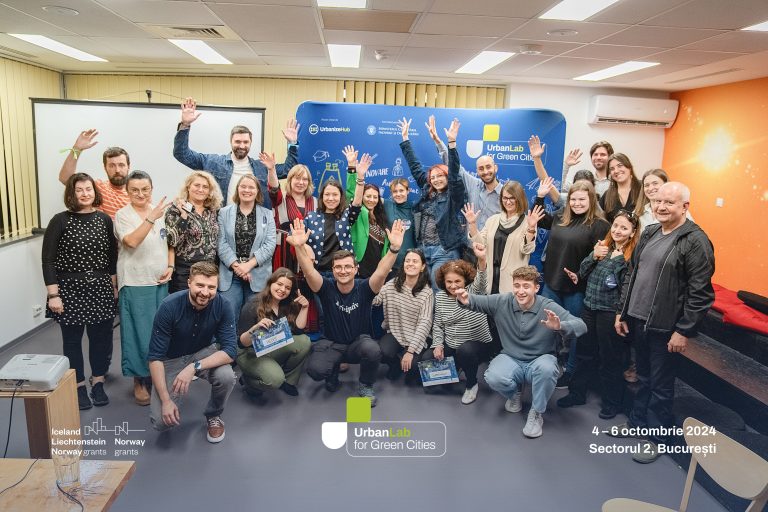China’s unparalleled speed of urbanization comes at a steep environmental cost. Efforts to mitigate the fallout are resulting in leaps for the urban conservation movement.
The scale and speed at which China is urbanizing is impressive. Over the past three decades, China has experienced unprecedented economic and social transformation. Millions have been lifted out of poverty as the country modernized and focused on manufacturing. In this time, more than 400 million Chinese citizens have moved from the countryside to cities. More than 100 cities now exceed a million people, and by 2030 a billion Chinese will call a city home. This is truly the greatest migration in human history. Cities simply exploded onto the scene at a breathtaking scale and speed. However, this has come at a terrible environmental cost – polluted rivers, toxic air, and littered coastlines. For nature lovers and conservationists, these are troubling scenarios.
Many Chinese cities experience regular severe air pollution, mainly from coal-fired power plants and heavy car use. The main problem is extensive fine particle dust which penetrates the lungs and blood stream and can cause bronchopulmonary and cardiovascular illnesses. The World Health Organization estimates that 7 million deaths worldwide are attributable to air pollution each year. Beijing often exceeds the safe level for fine particulate matter set by the World Health Organization.
One of the ways to fight these effects is strategic planting of trees and greenery. While trees cannot really make a dent in the pollution level on a city-wide level, studies have shown that they have strong local effects. For instance, planting trees around schools and hospitals would greatly improve the quality of air in their surroundings. Another challenge is the one posed by extreme water conditions, ranging from severe floods to dramatic water shortages. In response, the central government has challenged cities across the country to explore the “sponge” concept and become better managers of their water. The “sponge” concept encourages cities to see rainwater as a usable resource instead of a burden.
Therefore, urban sustainability experts in China have their hands full and are eager to rise to the challenges. One consistent message at nature conservation meetings is the need for more fact-based, science-driven decision making in Chinese conservation. Which trees can help manage car emissions? What is the ideal network of green infrastructure to mitigate storm water? How can we accurately measure biodiversity in a city? Which metrics are best to evaluate the usage of a park?
Source: The Huffington Post
Photo: Riku Lu at Unsplash






